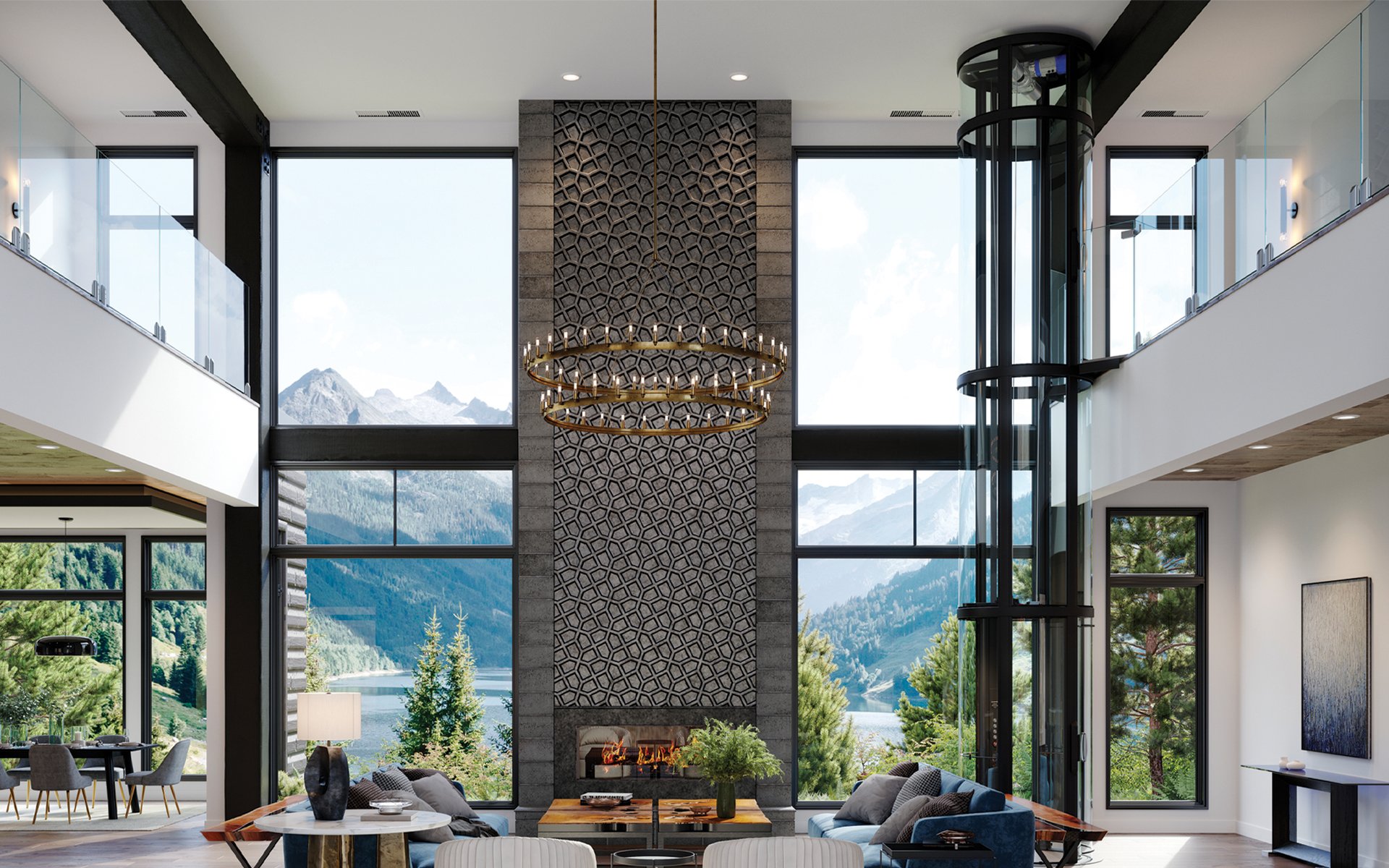Home Elevators in Virginia: What You Should Know Before Installing
Why Home Elevators Are Gaining Popularity in Virginia
A few years ago, residential elevators were considered a luxury reserved for multi-million-dollar estates. Today, that’s no longer the case. In Virginia—especially in regions like Richmond, Charlottesville, and the surrounding suburbs—more homeowners are installing compact, stylish elevators as part of aging-in-place planning, mobility solutions, or long-term home upgrades.
Why the shift?
More two-story homes are being adapted for aging adults
Elevators have become smaller, quieter, and more affordable
Families want to stay in the homes they love, rather than move or remodel
At KGC Access and Mobility Solutions, we’ve seen a clear trend: clients want stair-free access that doesn’t compromise comfort, resale value, or the character of their home. Home elevators are delivering on all three.
But there’s a lot to consider before you install one—especially here in Virginia.
Types of Elevators Available for Residences
Not all elevators are created equal. Depending on your home’s structure, layout, and needs, one type may be a much better fit than another.
1. Hydraulic Elevators
Use a piston to raise/lower the cab
Require a separate machine room (more space)
Smooth ride and high weight capacity
Ideal for larger homes or new builds
2. Pneumatic Vacuum Elevators
Use air pressure in a clear tube to move the cab
Sleek, modern design with minimal construction
Great for retrofitting into existing homes
Limited to 2–3 floors
3. Cable-Driven Elevators
Similar to commercial elevators
Require overhead machinery and shaft space
Very smooth, quiet, and customizable
4. Through-the-Floor Lifts
Compact platform lift that travels vertically between floors
No shaft required; fits into corners or unused rooms
Lower cost and less structural work
Ideal for seated users or tight spaces
At KGC, we help homeowners evaluate each of these based on their mobility needs, home layout, and visual preferences.
Key Installation Considerations: Space, Power, and Structure
Installing a home elevator is more than placing a cab in your home—it’s about integrating the system with minimal disruption. Here’s what to consider:
Space
Is there a closet, hallway, or corner that could be converted?
Do you have 2 floors—or more?
How will the elevator’s placement affect traffic flow in the home?
Power
Most elevators require a dedicated 220V circuit
Some lifts operate on standard 110V with backup batteries
Your panel may need an upgrade or dedicated breaker
Structural Support
Hydraulic and cable-driven elevators require a shaft and base pit
Vacuum lifts and through-the-floor models require minimal framing but careful alignment
We work with trusted local electricians and contractors to ensure every aspect is safe, compliant, and efficient—and we guide you through it all.
What Does a Home Elevator Cost in Virginia?
Costs vary depending on model, size, construction needs, and custom features. Here’s a general range for Virginia homeowners:
Elevator Type Estimated Installed Cost Range Through-the-Floor Lift $15,000 – $25,000 Pneumatic Elevator $30,000 – $45,000 Hydraulic Elevator $40,000 – $65,000+ Cable-Driven Elevator $40,000 – $70,000+
Keep in mind:
Permit fees, electrical work, and carpentry can add $2,000–$10,000
Annual maintenance costs range from $200–$500
Grants or tax incentives may offset part of the cost for medical necessity
Our role at KGC is to help you price accurately, plan smart, and avoid surprise costs.
Do You Need a Permit or Inspection? (Yes—and Here’s What That Means)
In Virginia, all residential elevators require:
A building permit through your local county or city office
Inspection by a state-certified elevator mechanic or third-party inspector
Adherence to ASME A17.1 safety code standards
Depending on your location, this may also involve:
Fire marshal review (for enclosed shafts)
Electrical and structural sign-off
We’ve helped homeowners in Richmond, Chesterfield, Henrico, and beyond navigate these steps. KGC coordinates with your local code officials and ensures everything is legal, inspected, and documented.
Alternatives: When a Full Elevator Isn’t the Best Fit
Sometimes, the best “elevator” isn’t an elevator at all.
For clients with tight spaces, smaller budgets, or more immediate needs, we often recommend:
Stairlifts for straight or curved staircases
Vertical platform lifts (VPLs) for short-level access (garage to main floor)
Compact through-the-floor lifts that require less installation time
These options are often installed in 1–3 days, cost significantly less, and provide years of reliable access. And many of our clients later convert to full elevators if their needs or budget change.
Why KGC Access Is the Local Partner You Need
Choosing the right elevator—and the right team to install it—can feel overwhelming. You want safety, honesty, and experience. You don’t want pressure or unnecessary upgrades.
That’s where we come in.
KGC Access and Mobility Solutions offers:
Site-specific evaluations that consider layout, family routine, and aesthetics
Clear planning from consultation through inspection
Product options from top-rated manufacturers
Local project management that respects your schedule, space, and preferences
We treat your home like our own. We explain the options, help you compare, and only recommend what fits your real life.
Ready to Explore Your Elevator Options?
Installing a home elevator in Virginia doesn’t have to be complicated. With the right partner, it’s a strategic upgrade that supports safety, comfort, and long-term independence.
Connect with KGC Access and Mobility Solutions to start the conversation. We’ll help you understand your options, avoid the overwhelm, and choose a solution that supports your home—not disrupts it.
Because when mobility works with your space, your lifestyle works better.

